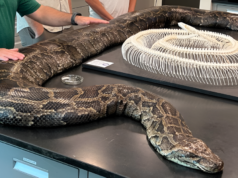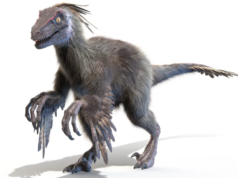
We all know that things can get wild in Texas, but geology students from Sul Ross State University took this to another level when they made a remarkable discovery they couldn’t wait to share with the world. These recent excavations in Big Bend National Park have unearthed the fossilized remains of a prehistoric giant, leaving the world in awe.
The find is a massive vertebra belonging to the largest known land-dwelling animal, the long-necked Alamosaurus that lived during the Cretaceous Period. Just how remarkable is this discovery?
Big Bend’s Paleontological Legacy
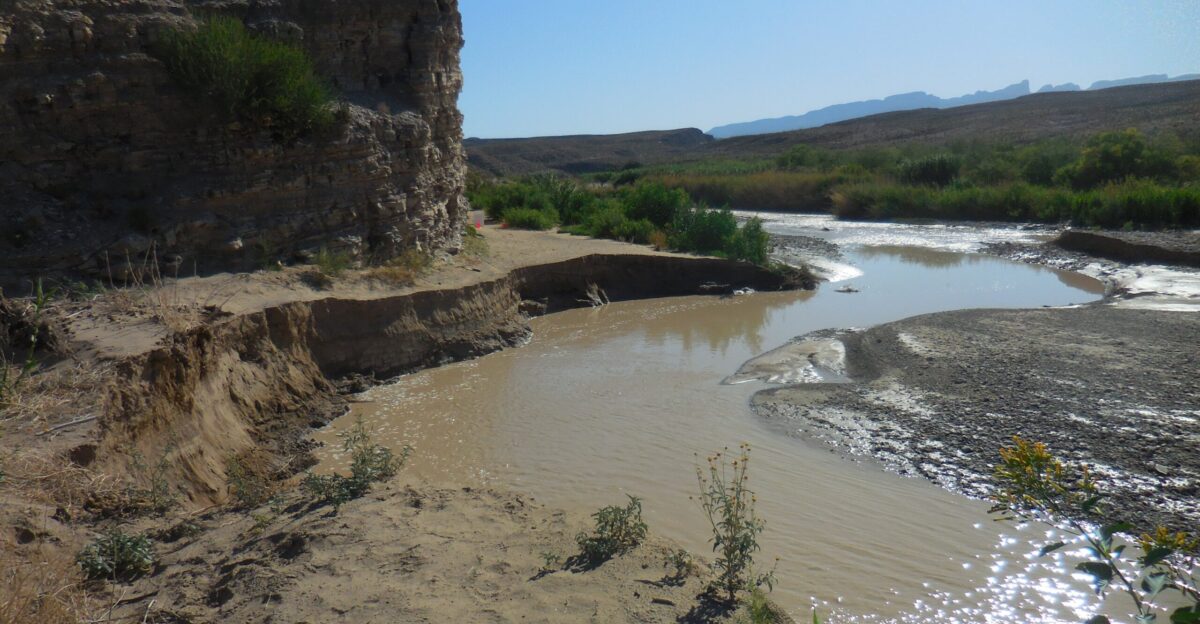
Big Bend National Park is one of the world’s premier fossil hotspots, preserving a nearly 130-million-year record of life on Earth. Over 1,200 fossil species have been discovered here, including the remains of the giant pterosaur Quetzalcoatlus, the massive horned dinosaur Bravoceratops, and the long-necked Alamosaurus.
“Big Bend National Park’s geologic history is not only complex and diverse, but also contains an amazing fossil record, especially of the late Cretaceous and early Tertiary periods. Big Bend’s fossil record covers a much longer span of time than most National Park areas,” according to the National Park Service.
The Moment of Discovery
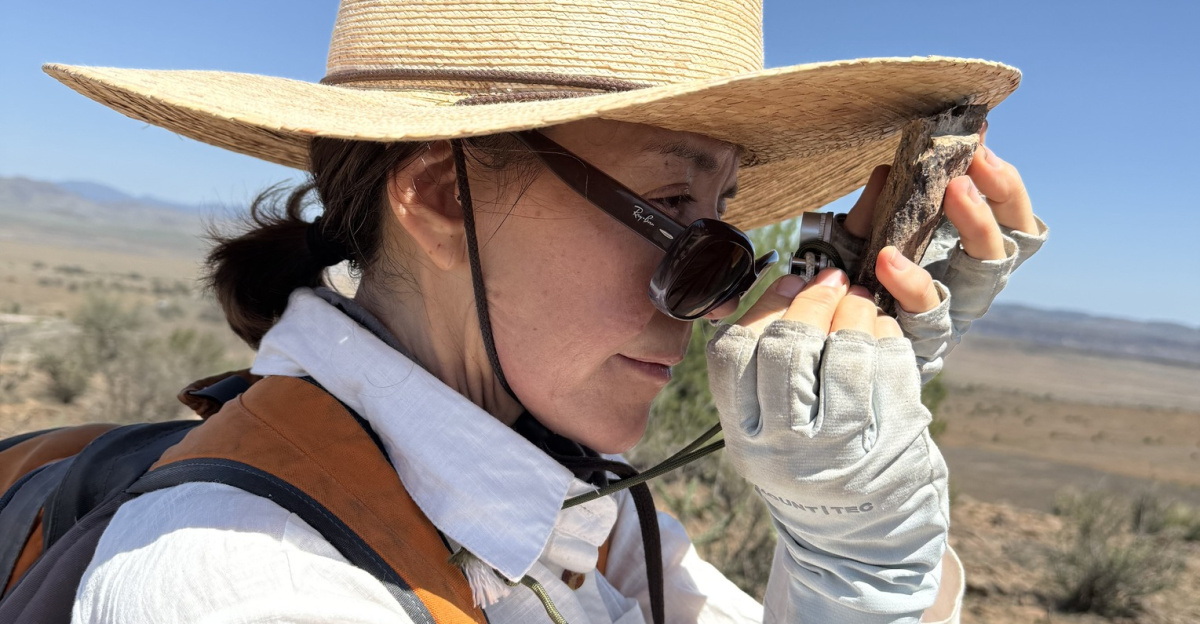
It all started when geology students from Sul Ross State University, guided by professors Dr. Jesse Kelsch and Dr. Thomas Schiller, meticulously examined the ancient rock layers of Big Bend National Park. What began as a routine research expedition in March quickly turned extraordinary when the team uncovered a massive vertebra embedded in the Earth.
Unlike previous Alamosaurus fossils from the region, which were often fragmentary and poorly preserved, this specimen appeared to be part of one of the most complete skeletons ever recovered from the park. The fossil was carefully excavated and transported to the university’s paleontology lab, where it now serves as a focal point for ongoing research.
The Alamosaurus
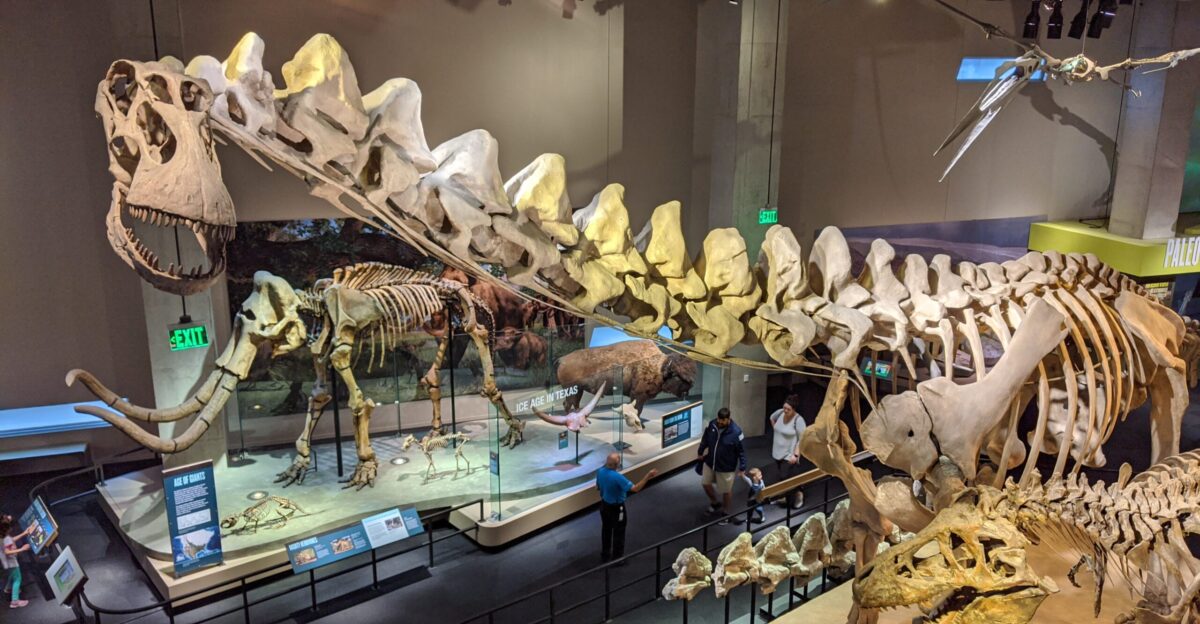
This colossal sauropod could reach lengths of up to 100 feet and weigh as much as 80 metric tons, making it the largest known land animal ever to roam North America. Their long neck could easily spot them, massive barrel-shaped bodies, and pillar-like limbs. The Alamosaurus was a quadrupedal herbivore that browsed treetops and relied on its size as its primary defense against predators.
Some species may also have been partially armored, with bony plates embedded in their skin, giving them an extra layer of protection. Not to mention that they were one of the last giant dinosaurs to survive before the mass extinction event.
The Cretaceous Landscape
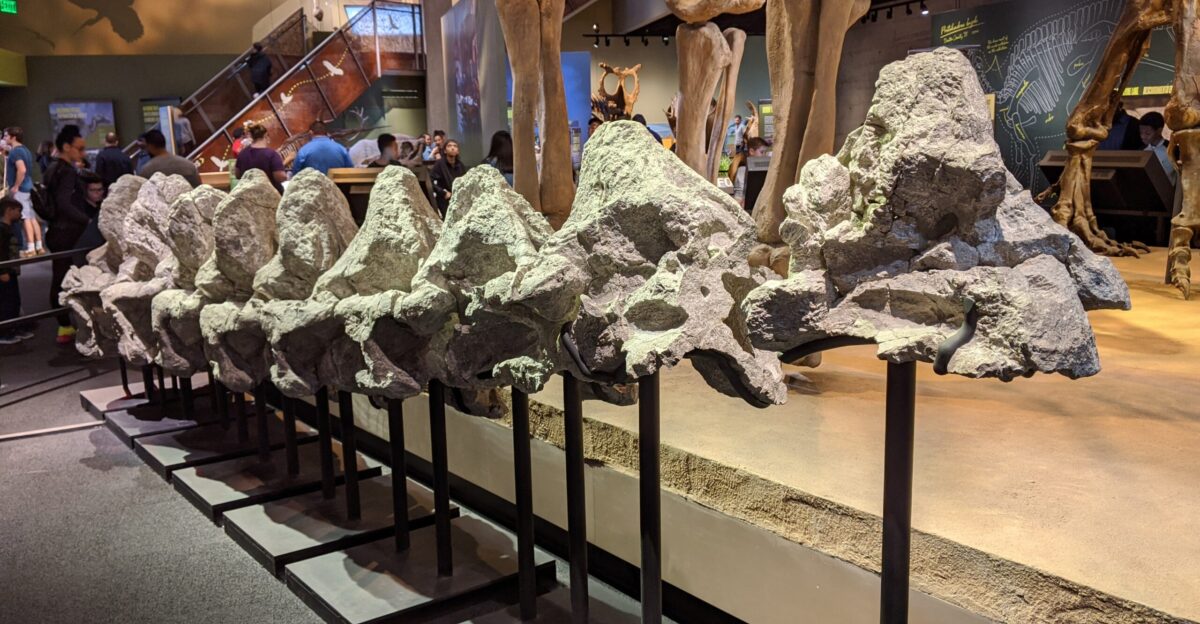
Around 135 million years ago, a warm, shallow sea covered the region, leaving behind thick limestone beds as limey mud settled on the seafloor. As the sea gradually receded toward the Gulf of Mexico, it gave way to swampy, bayou-like environments rich in dense vegetation. These conditions are about the same as modern-day Louisiana and East Texas.
The retreating waters and subsequent sediment deposits created a complex tapestry of rock layers, preserving a vivid record of the transition from marine to terrestrial ecosystems.
Other Prehistoric Giants of Big Bend
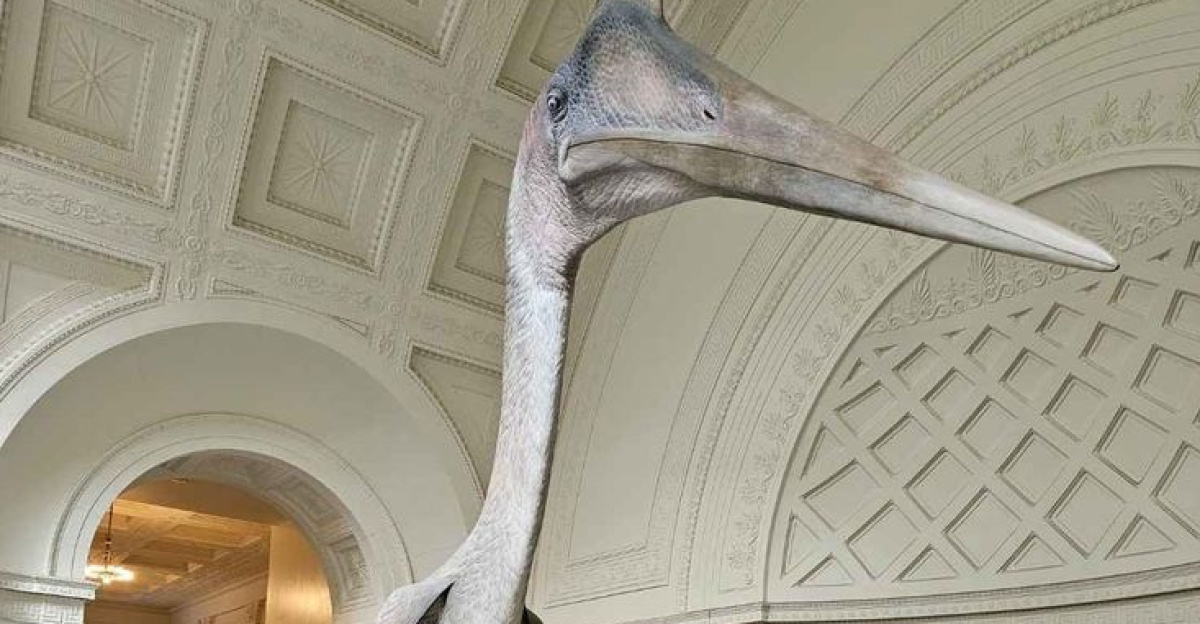
Among some of the most awe-inspiring finds is Quetzalcoatlus northropi, the largest known flying creature in Earth’s history, with a wingspan stretching up to 39 feet. Sharing these habitats was Deinosuchus, a “super-croc” that could reach lengths of 35 to 40 feet, a predator preying on dinosaurs and cracking open giant turtles with its powerful jaws.
In the region’s marine past, mosasaurs, an enormous sea lizard reaching up to 40 feet long, ruled the ancient seas that once covered the area, alongside giant predatory fish like Xiphactinus.
The Importance of Preservation
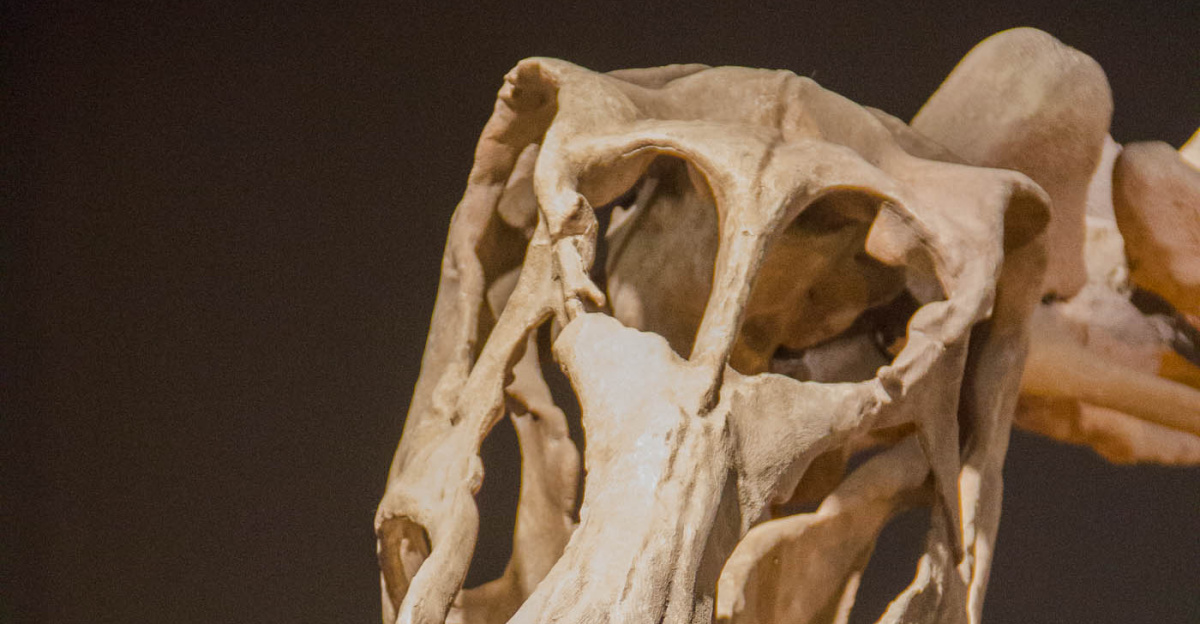
Fossils are irreplaceable windows into Earth’s deep past, offering clues about ancient ecosystems, evolutionary pathways, and our planet’s dramatic changes. Protecting sites like Big Bend ensures that these treasures remain undisturbed for scientific study and for future generations to marvel at and learn from.
Park rangers, scientists, and volunteers work tirelessly to safeguard fossil beds from erosion, vandalism, and illegal collection, recognizing that each specimen is a piece of a much larger puzzle.
Ongoing Research and Future Prospects

Research is the be-all and end-all of this world because what would we know without it? Paleontologists from universities and the National Park Service are actively studying recently unearthed fossils to better understand the past and what the world once was. These efforts are complemented by broader projects, including mapping the park’s complex rock layers, conducting stable isotope studies to reconstruct ancient climates, and using geochemical proxies to better understand environmental changes over millions of years.
As technology advances and collaborative research expands, Big Bend is poised to remain a focal point for paleontological discovery.
The Age of Mammals
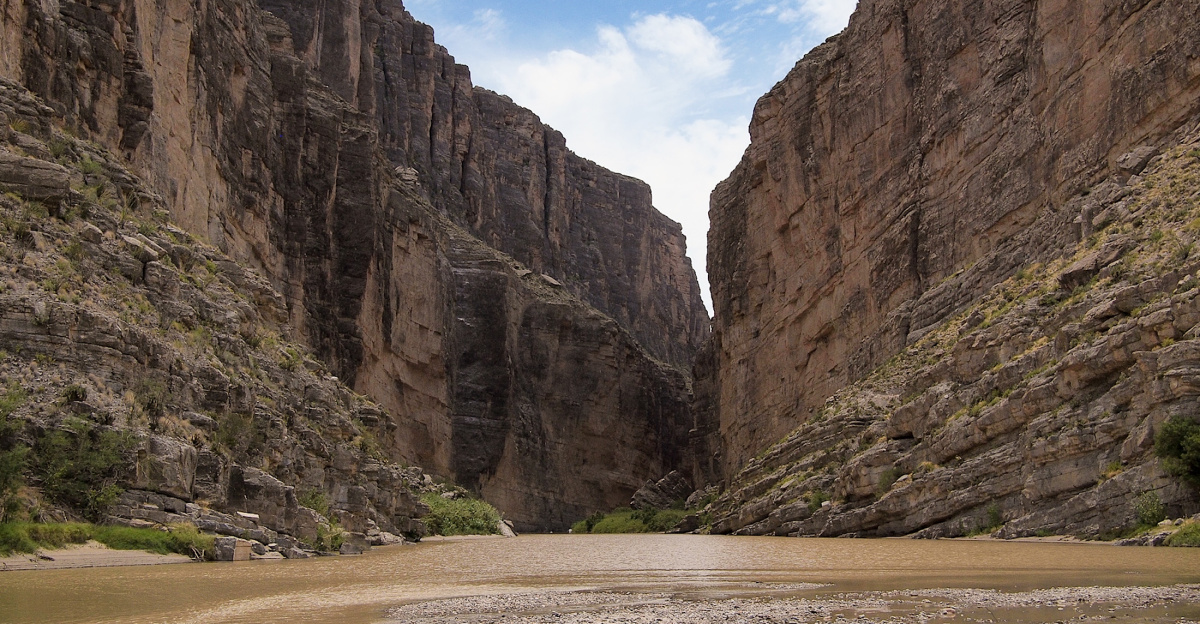
Big Bend National Park isn’t just known for its remarkable dinosaur discoveries; some pretty impressive mammals have also been found there. Among the most amazing discoveries is Swaindelphys solastella, a giant possum-like mammal from the Paleocene, whose fossils reveal that even early mammals in Texas were outsized compared to their relatives elsewhere.
The park’s fossil beds also record the diversification of mammals over millions of years, from primitive hoofed mammals and early carnivores to brontotheres, saber-toothed cats, and mammoths.
The Ongoing Mystery of Prehistoric Texas
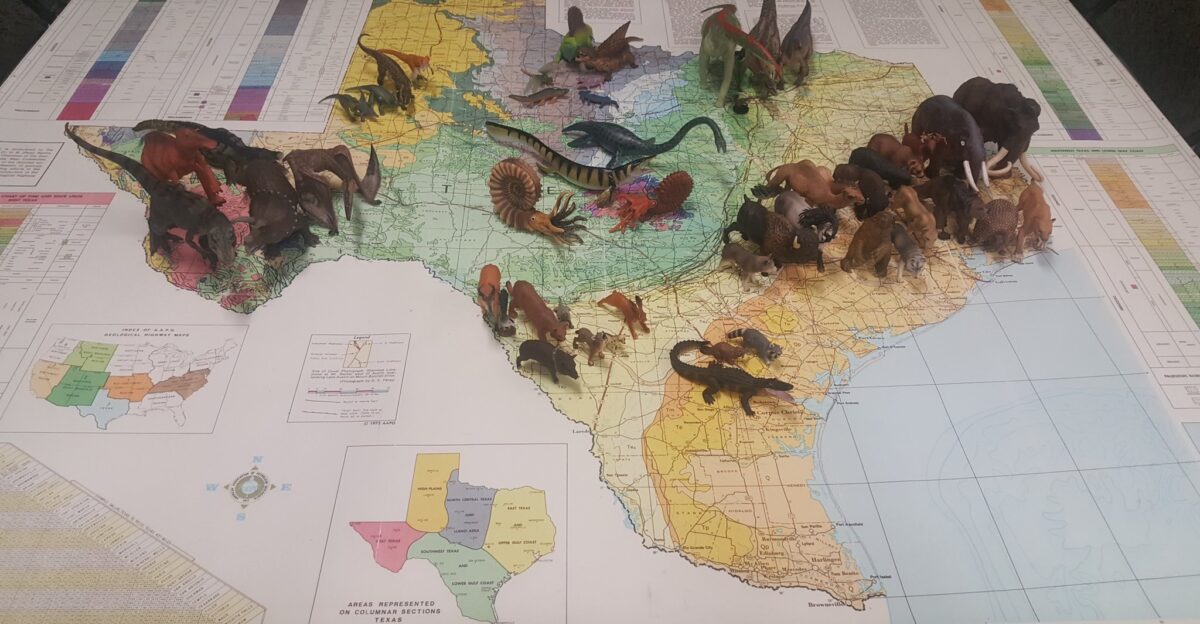
The park’s fossil-rich rocks, spanning over 130 million years, preserve the rise and fall of dinosaurs, the flourishing of ancient mammals, and the shifting of entire ecosystems. Yet for every answer unearthed, new questions emerge about the creatures that once thrived here and the forces that shaped their world.
There are still many hidden secrets hidden beneath the ground, waiting to be uncovered and preserved for many years to come. Some fossils are so rare or poorly preserved that scientists can only speculate about the creatures they represent, their behaviors, and their roles in ancient ecosystems. The excitement and mystery within Texas lives on, just waiting for new discoveries, so what’s next?


